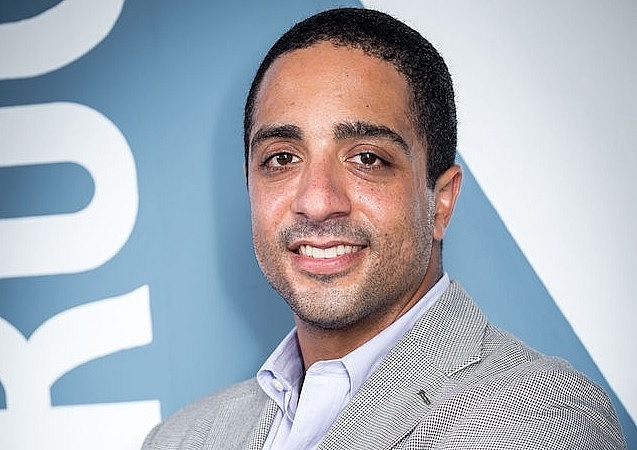Driving the evolution of real estate standards
 |
| Michael Piro, director of Indochina Strategic Services |
Identifying standards
What are the common features of model real estate projects? Those asking this question attempt to find a set of parameters that define an ideal development—which is no simple task.
In reality, we should ask ourselves if we should at all try to standardise a model project. Standards themselves are a set of benchmarks that change and evolve depending on the market and innovation—old standards are passed by when new ones are adopted.
We believe that a model project is one which awes the market, that surpasses common expectations and introduces unexpected design and functional elements.
In our quest to distinguish real estate standards, we observe a clear distinction between two schools of thought. The majority of developers tend to deploy standards that replicate prior models of success, that is, they follow established trends in the market and aspire for cookie-cutter examples of prestige and achievement. Meanwhile, a minority, rather than looking for a formulaic set of standards, take their time to study successful developments that inspire them to create a product that is even better. They are standard-bearers, not followers.
Creating a model product
In the absence of a definitive set of standards, we need to have the right approach to meet our clients’ increasing demands.
In this regard, we lean on our own experience as a developer, a track-record that has consistently delivered products above and beyond market expectations.
Our guiding principle, according to CEO of Indochina Capital Peter Ryder, is “not to be the biggest, but the best in whatever we do.”
Our properties speak for themselves: The Nam Hai, Vietnam’s first ultra-luxury resort; Six Senses Con Dao, a resort which set the benchmark for ecologically-conscious design excellence in Vietnam; and Indochina Plaza Hanoi, an integrated mixed-use complex with its residential component achieving one of the highest rental yields in the market as a result of its popularity among Japanese expatriates.
To create a sought-after product, the importance of planning and conceptualisation can never be stressed enough. We identify with our clients from the start, putting ourselves in their shoes to fully understand every important project detail. Adopting the perspective of the most demanding customer, we revisit properties that inspire us and recreate the projects’ features that stimulate us, while improving the elements that were not so well-received. Our international experience has helped us tremendously in this sense. Our executives travel extensively around the world, understanding the trends in the region as well as in other parts of the globe to identify the very best and most effective factors that yield the highest returns to our clients.
We also understand the local market inside out, so while we aim to bring the best international real estate practices to Vietnam, we always tailor our developments to local demand and market needs—a mantra that we find essential for achieving success in Vietnam. Additionally, when it comes to specialist value added areas, we never hesitate to engage experienced consultants. This makes a huge difference when you come to terms with the time saved, the quality of the end product, and its profitability.
Setting or following standards
Coming back to the topic of leaders and followers, the majority of local developers fall in the latter group.
However, local developers are fast learners and they have done an excellent job of catching up with their foreign counterparts in quality and service. They also have a competitive edge with respect to costing (both land and construction costs), and have been able to deliver quality and competitive product pricing. On the other hand, foreign developers and a small group of local developers, given their capital strength and international experience, are typically more innovative and take on the role of trend setters. This explains why foreign developers thrive more in the high-end segment where contemporary and original ideas set them apart from the competition.
Local and foreign developers have each contributed to the market. As the industry evolves, the distinctions between these two groups are becoming less clear-cut. This trend will continue. Indochina Strategic Services is a leader in this context, as over the course of our work with local and foreign groups we have helped introduce international practices to local companies, while familiarising foreign developers with the domestic market.
What the stars mean:
★ Poor ★ ★ Promising ★★★ Good ★★★★ Very good ★★★★★ Exceptional
 Tag:
Tag:
Themes: Vietnam Property Outlook 2017
Related Contents
Latest News
More News
- Wink Hotels to revolutionise the hotel industry (June 30, 2022 | 10:00)
- Wink Hotels revolutionises new breed of hotels for travellers (June 27, 2022 | 09:49)
- Getting back in the travel groove for 2022 (January 04, 2022 | 10:27)
- Bank and real estate giants team up (April 26, 2021 | 09:51)
- Indochina Kajima commences Phu Yen luxury tourism project (April 05, 2021 | 13:04)
- Foreign investment continues to flow into hospitality market (March 15, 2021 | 11:17)
- Satellite towns with purpose (January 19, 2021 | 11:00)
- Wink Hotels’ first hotel opening in Ho Chi Minh City (January 19, 2021 | 10:59)
- Seizmic shifts in Vietnamese real estate market (November 26, 2020 | 12:34)
- Wealth creation amid the coronavirus conundrum (November 09, 2020 | 08:20)























 Mobile Version
Mobile Version